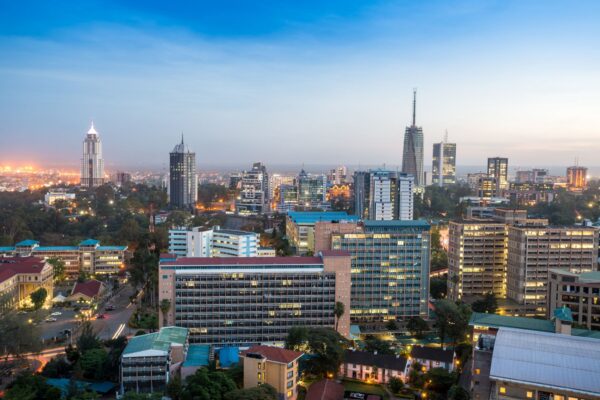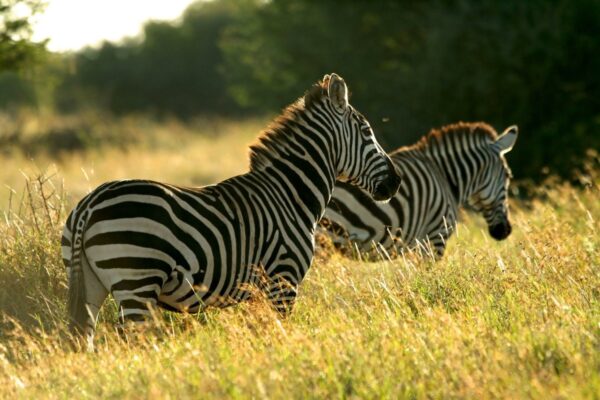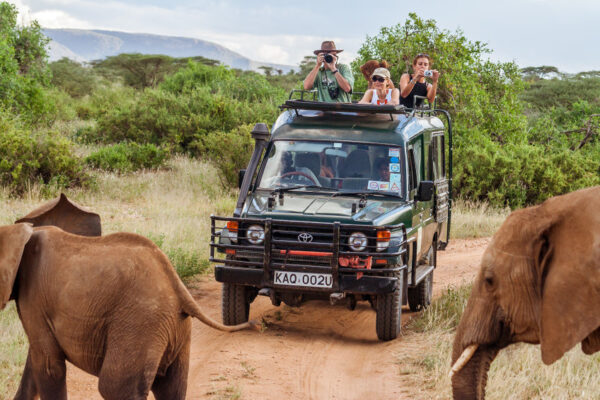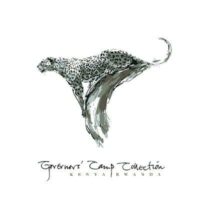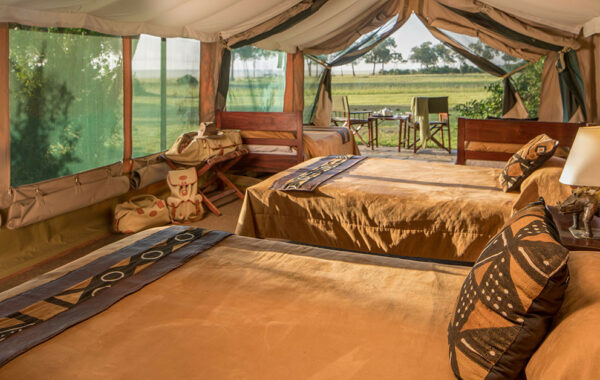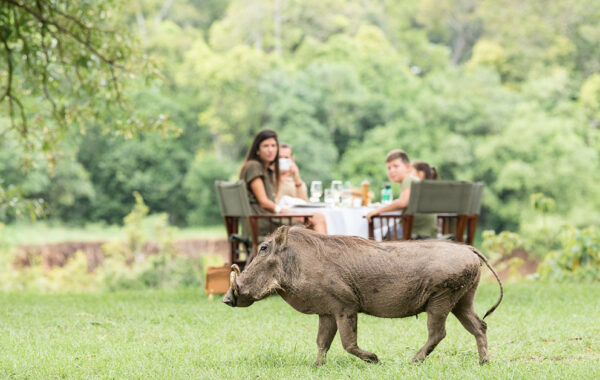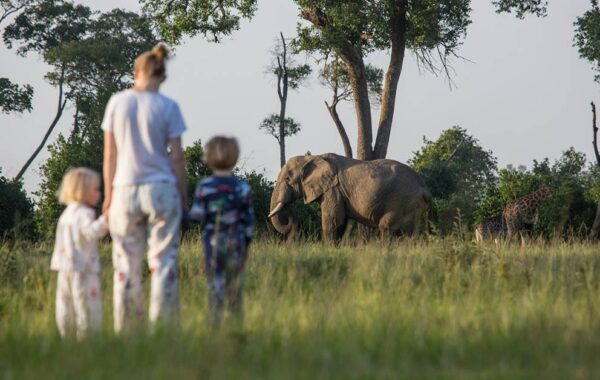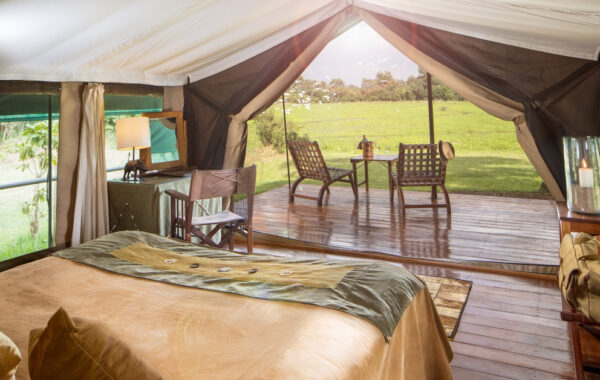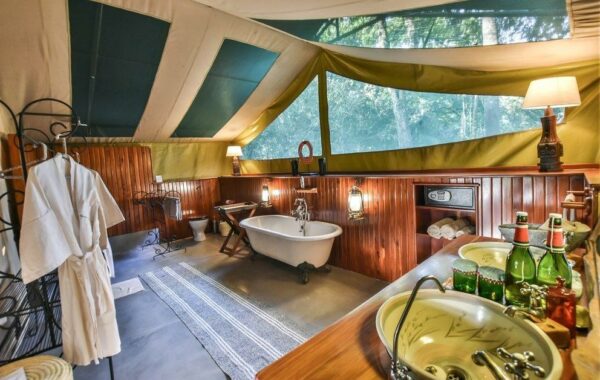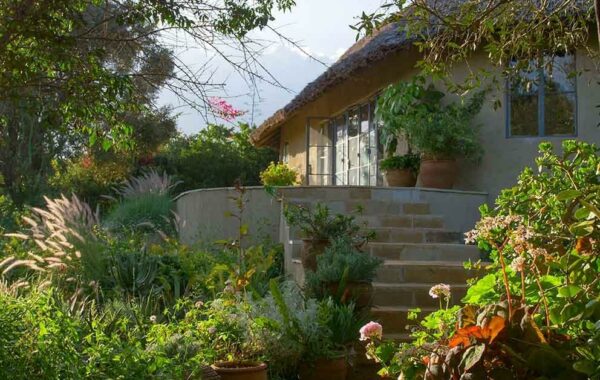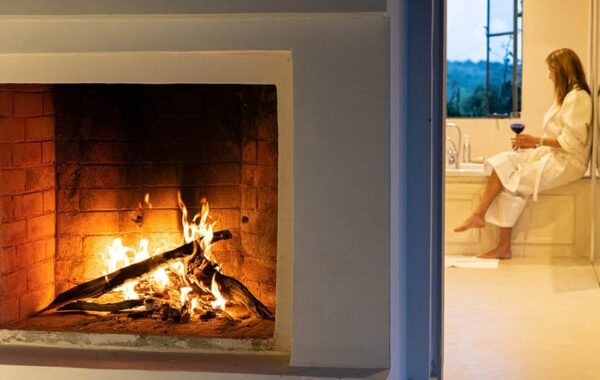Laikipia and Mara safaris
Kenyan safaris north and south
Fly into Nairobi’s concrete jungle, taking a whistle-stop tour of its food and music scene before flying north to the high plains of Laikipia – one of Kenya’s upcoming safari destinations. Laikipia is home to half of Kenya’s 600 black rhinos, wild dogs, zebras and more than 2,000 elephants. Try the Ol Pejeta Conservancy for its chimpanzee sanctuary, which is open to visitors twice a day. From here, fly to the Masai Mara National Park, where you can see the Big Five – lion, leopard, rhino, buffalo and elephant – as well as experience Mara village life. Fly back to Nairobi for your departure.
Key information
| Destinations | Masai Mara National Reserve, Nairobi, Laikipia |
|---|---|
| Activity | Safari, Luxury, Nature & Wildlife |
| Physical Level | Easy |
| January - December |
Suggested itinerary

See a conservation success story at Laikipia
Day 1–3 in Laikipia
The high plains of Laikipia offer an excellent alternative safari experience to the better-known Maasai Mara. Here, adventurers can spot elephants, black rhino and zebra while staying at one of the many conservancies that protect the wildlife.

Big five safaris in the Masai Mara
Day 4–6 in Masai Mara National Reserve
The king of Kenya safari, the sweeping grass plains of the Mara (as it’s usually referred to) are home to the densest concentration of large mammals on the planet. This is the place to see large prides of black-manned lions, bellowing elephants, grumpy buffalo and a pick ‘n’ mix box of antelope and gazelles. And that’s before we even touch on the smaller creatures and huge array of birds.
But, above and beyond all else, the Mara is renowned for the spectacular wildebeest migration. From about June to early-October each year, around two million wildebeest and other herbivores leave Tanzania’s Serengeti and splash across the crocodile infested waters of the Mara River in search of fresh, rain-fed grass in the Masai Mara. It’s a spectacular phenomenon and a classic safari experience.
In high seasons (July-September and the Christmas period) there can be hundreds of safari vehicles in the park at any one time, and park rules about approaching animals and sticking to the roads are sometimes ignored by less scrupulous guides (this is a particular problem with super-low budget safaris operating out of Nairobi). I once interviewed a biologist who told me she’d seen about 70 vehicles crowding around one cheetah!
But the Mara is a big place. If you stay in the more remote corners and move your focus away from chasing the big cats and elephants, you can still find tranquillity even in high season.
The other way to avoid the crowds is by visiting in mid-season. Personally I love June when everything is fresh and green after the rains, the wildebeest are starting to arrive but not the tourists, and temperatures are cool and pleasant. There can also be some spectacular thunderstorms at this time. And if the focus of your interest is birdwatching, then the rainy seasons of November and April-May are excellent.
My biggest Mara tip: look beyond the reserve itself. Nowadays the Mara is almost completely surrounded by a series of community-run wildlife conservancies. Offering almost complete exclusivity, if you can afford the often high prices then these are by far the best areas to stay. These conservancies have vastly expanded the amount of land under some kind of protection and they’ve brought real benefits to both wildlife and local communities as well as one of the worlds finest safari experiences for visitors. I can highly recommend Mara North, Naboisho, Nashulai Maasai Conservancy and Ol Dereski, though you’ll likely have an amazing time in any of them.
Don't miss
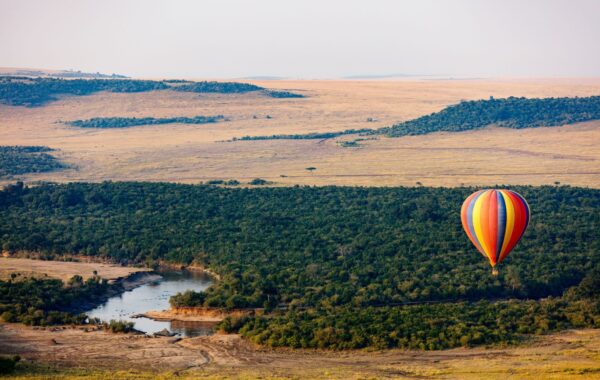
See dawn over the Masai Mara in a hot air balloon
Take to the skies over the Masai Mara in a hot air balloon and you’ll see the sun rising over the plains, the Mara River glistening and animals on the move.
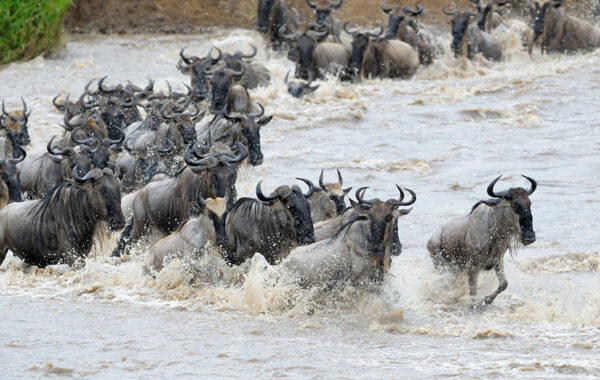
See the famed Mara River crossing
Head to the Kenyan side of the Mara River between July and August to witness the great migration’s premier spectacle – the crossing of the Mara River. All it takes is one wildebeest taking the plunge to spark a frenzy – but beware of the lurking crocodiles.
Where to stay
Deluxe
Governors’ Camp
Created in 1972, this luxury tented camp is nestled in the forest along the winding banks of the Mara River, its waters teeming with bird-life, hippo and crocodile, in the heart of Kenya’s Masai Mara National Reserve.
Governors’ Camp was the first permanent tented camp in the Masai Mara and it occupies the best wildlife viewing location in the National Park. The location of the camp was considered so good that during colonial times it was reserved for the colonial Governors of Kenya, hence the name Governors’ Camp. Today the camp enjoys the same prime location and is perfect for couples, families and friends wanting to experience the best of what a safari in the Masai Mara has to offer.
Deluxe
Little Governors’ Camp
Located on the edge of the Masai Mara National Reserve, each of the 17 luxury en-suite tents have wooden decks with large verandahs for guests to enjoy the constant game activity that takes place around the large watering hole in front of camp.
Breakfast and lunch are served in the open air, and the resident family of warthogs frequently wander amongst the tables. Since all Governors’ properties are unfenced, animals are frequent visitors to camp — guests may need to make way for elephants which sometimes visit the camp at lunchtime! In the evening, a warming log fire burns in front of the bar tent, and dinner is served in the nearby dining tent.
Deluxe
Il Moran Camp
The camp for those who want that extra bit of luxury — Governors’ Il Moran is small, peaceful and intimate, with added touches that place this camp at the top of the safari accommodation range. Widely regarded as the premiere camp in the Masai Mara, with the best game viewing right on your doorstep.
Hidden under ancient trees deep in the forest, are just ten tents which line the winding banks of the Mara River. Dark chunky wooden tables contrast with oversized blue couches and a central, colourfully beaded chandelier, while tribal portraits and African artefacts are dotted around. Meals are served on the raised wooden decking of the main mess and dining tent which offers a birds-eye view of the snorting hippos below. The main feature is a sunken fire pit which is lit in the evenings — the perfect spot to sit back with a cocktail of your choice.
Deluxe
Mugie House
Set in a 40,000 acre private wildlife conservancy, Mugie House offers a myriad of activities by which to explore and enjoy its vast open landscapes and abundant wildlife.
Perched on a hill are nine individual stone cottages, each with sweeping views of the Laikipia landscape. A large main house with open log fires will host guests for relaxing cocktails and scrumptious meals, prepared from a creative menu with ingredients sourced from their own vegetable garden. An infinity pool offers shaded areas and a casual alfresco dining area, while a large waterhole set in front of Mugie House attracts a variety of wildlife.
Book this itinerary
This route booked with one of our specialist tour operators may cost between $3,229 and $4,546pp. Pricing varies by accommodation class, and can be tailored to suit your budget.
Pricing is typically inclusive of hotels, transfers, meals, and all guided excursions and activities.
Other itineraries you might like
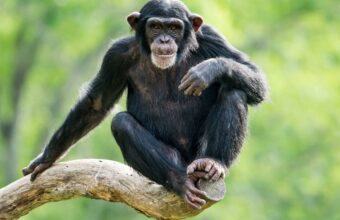
Western Uganda
Mountain gorillas and beyond
Approx. 10 days
Eastern Uganda
Nomads, Nile and natural pools
Approx. 7 days

